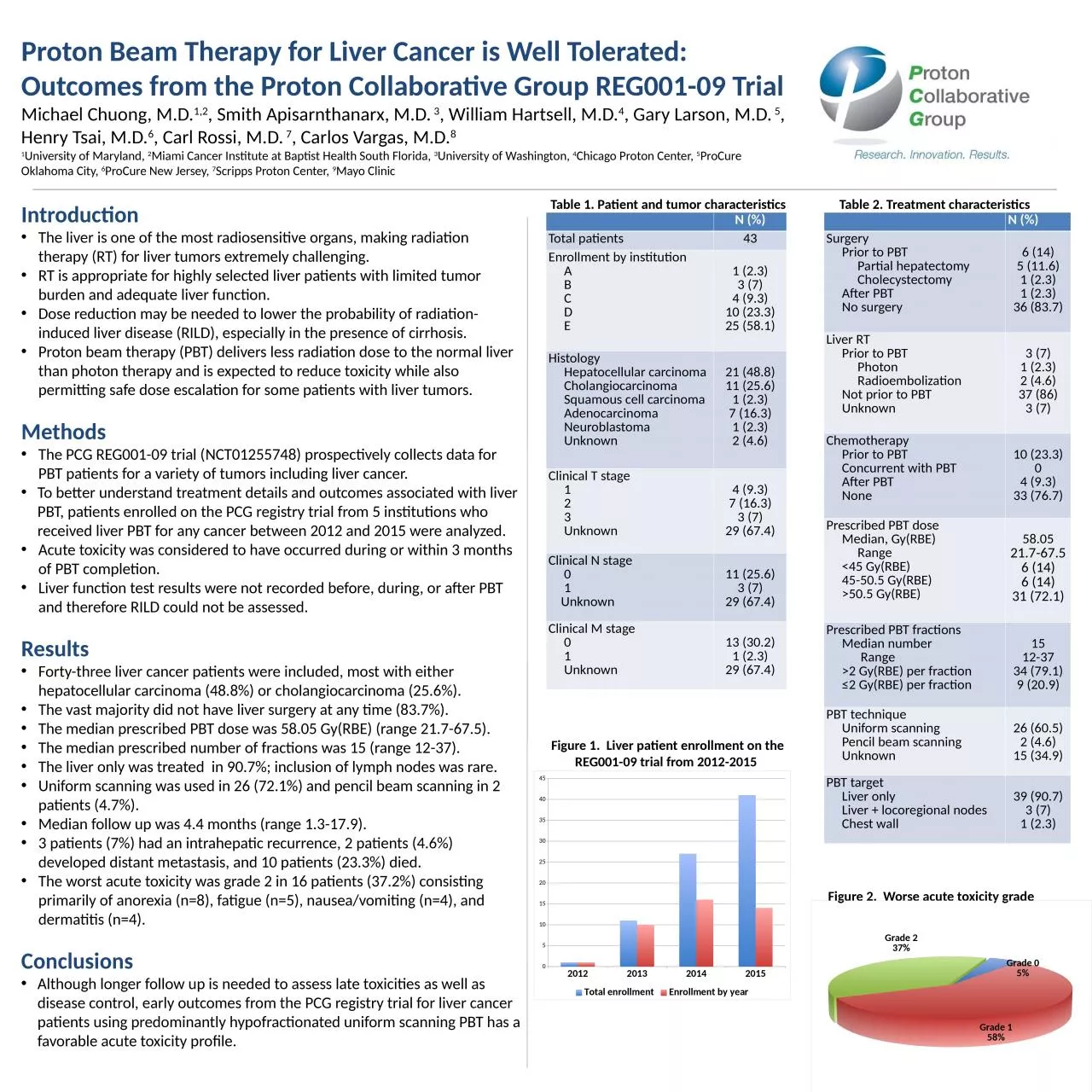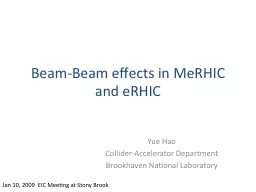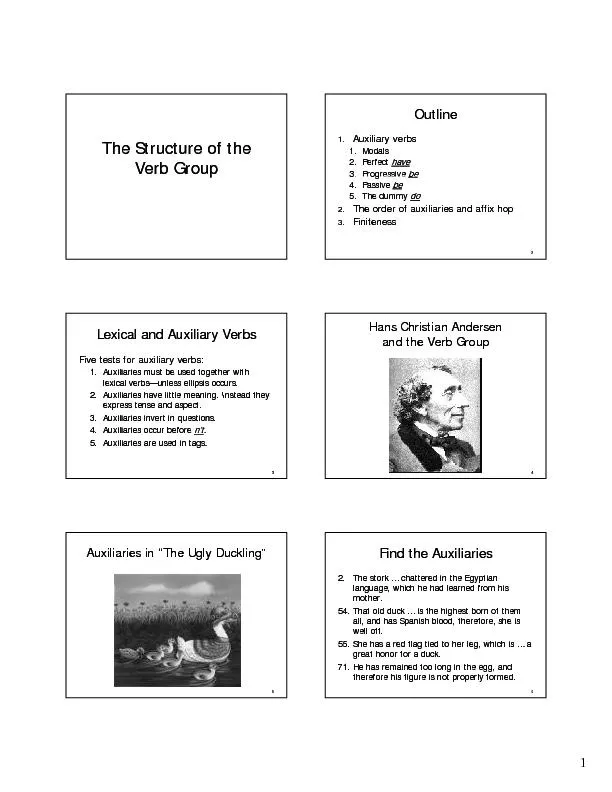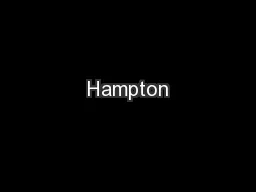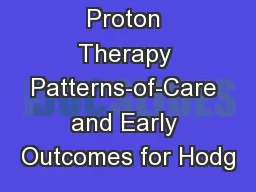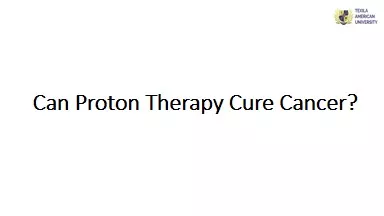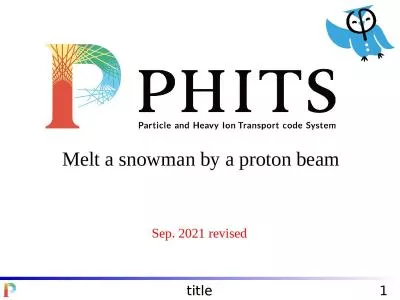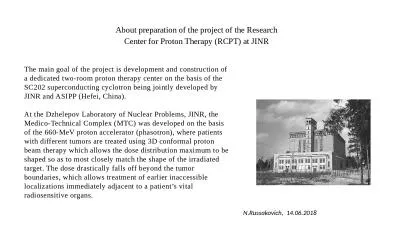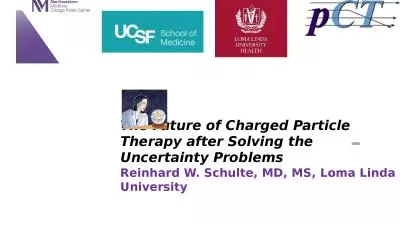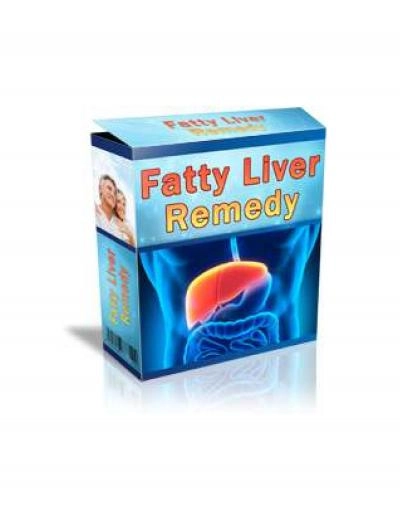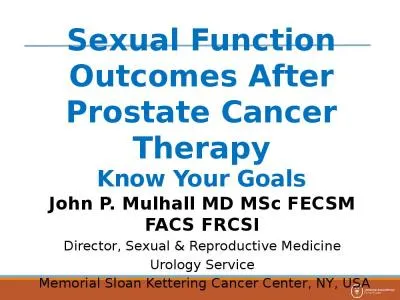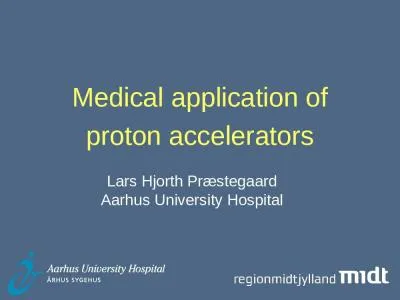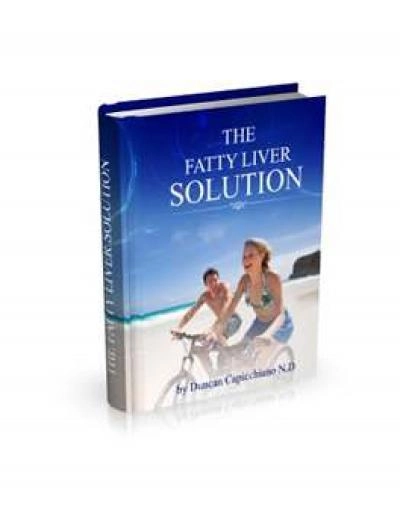PPT-Proton Beam Therapy for Liver Cancer is Well Tolerated: Outcomes from the Proton Collaborative
Author : DancingDragonfly | Published Date : 2022-07-28
Michael Chuong MD 12 Smith Apisarnthanarx MD 3 William Hartsell MD 4 Gary Larson MD 5 Henry Tsai MD 6 Carl Rossi MD 7 Carlos Vargas MD 8 1 University of
Presentation Embed Code
Download Presentation
Download Presentation The PPT/PDF document "Proton Beam Therapy for Liver Cancer is ..." is the property of its rightful owner. Permission is granted to download and print the materials on this website for personal, non-commercial use only, and to display it on your personal computer provided you do not modify the materials and that you retain all copyright notices contained in the materials. By downloading content from our website, you accept the terms of this agreement.
Proton Beam Therapy for Liver Cancer is Well Tolerated: Outcomes from the Proton Collaborative: Transcript
Download Rules Of Document
"Proton Beam Therapy for Liver Cancer is Well Tolerated: Outcomes from the Proton Collaborative"The content belongs to its owner. You may download and print it for personal use, without modification, and keep all copyright notices. By downloading, you agree to these terms.
Related Documents

